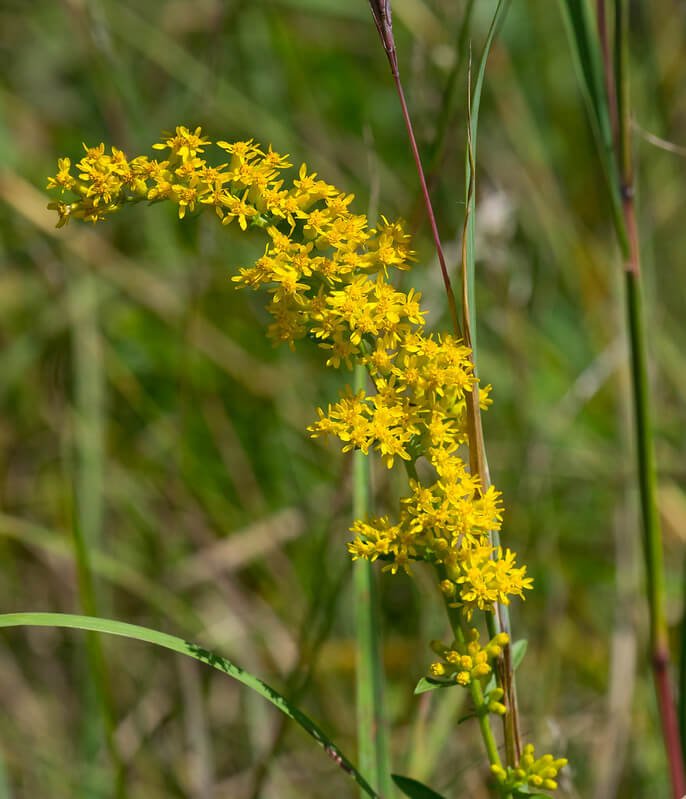 Image 1 of
Image 1 of


Dwarf Blazingstar (Liatris cylindracea)
Dwarf Blazingstar, (aka Cylindrical Blazing Star) like most blazingstars, attracts many different native bees, butterflies, and skippers. It is a host plant to 6 species of butterflies and moths in our area (nwf.org) and a host plant to the specialist bees Melissodes coloradensis and Melissodes vernoniae (Johnson and Colla, 2023). It is also recommended as a monarch nectar source by the Xerces Society (Xerces.org). They are often browsed by deer though, so take note. Mine have mostly bounced back after it has been nibbled.
Photo credit: Joshua Mayer
Dwarf Blazingstar, (aka Cylindrical Blazing Star) like most blazingstars, attracts many different native bees, butterflies, and skippers. It is a host plant to 6 species of butterflies and moths in our area (nwf.org) and a host plant to the specialist bees Melissodes coloradensis and Melissodes vernoniae (Johnson and Colla, 2023). It is also recommended as a monarch nectar source by the Xerces Society (Xerces.org). They are often browsed by deer though, so take note. Mine have mostly bounced back after it has been nibbled.
Photo credit: Joshua Mayer
Dwarf Blazingstar, (aka Cylindrical Blazing Star) like most blazingstars, attracts many different native bees, butterflies, and skippers. It is a host plant to 6 species of butterflies and moths in our area (nwf.org) and a host plant to the specialist bees Melissodes coloradensis and Melissodes vernoniae (Johnson and Colla, 2023). It is also recommended as a monarch nectar source by the Xerces Society (Xerces.org). They are often browsed by deer though, so take note. Mine have mostly bounced back after it has been nibbled.
Photo credit: Joshua Mayer
Life Cycle: Perennial
Sun Exposure: Full, Partial (but seems to prefer full sun)
Soil Moisture: Medium-dry, Dry
Height: 1 foot
Plant Spacing: 0.5-1 foot
Bloom Time: July-October
Bloom Color: Purple
Advantages: Pollinator Favorite, Great Landscape Plant
Host: 6 species of butterflies and moths use this as a caterpillar host plant in our area (nwf.org)
Specialist Bee: Melissodes coloradensis and Melissodes vernoniae (Johnson and Colla, 2023)
Complementary Plants: Joe-Pye Weed, Boneset, Blue Vervain, Butterfly Weed, Gray-headed Coneflower.
Resource: Johnson, Lorraine, and Sheila Colla. A Northern Gardener’s Guide to Native Plants and Pollinators: Creating Habitat in the Northeast, Great Lakes, and Upper Midwest. Island Press, 2023







